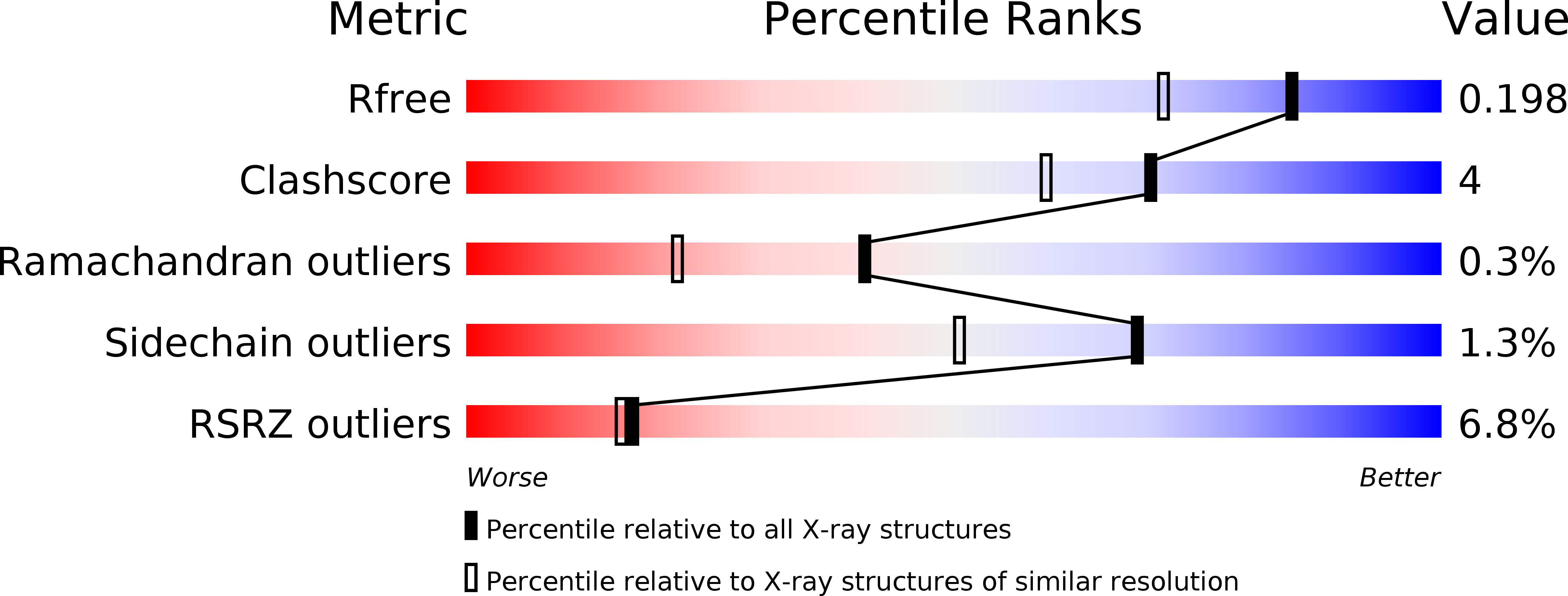
Deposition Date
2006-10-20
Release Date
2007-10-23
Last Version Date
2023-11-15
Entry Detail
PDB ID:
2NLI
Keywords:
Title:
Crystal Structure of the complex between L-lactate oxidase and a substrate analogue at 1.59 angstrom resolution
Biological Source:
Source Organism:
Aerococcus viridans (Taxon ID: 1377)
Host Organism:
Method Details:
Experimental Method:
Resolution:
1.59 Å
R-Value Free:
0.20
R-Value Work:
0.17
R-Value Observed:
0.17
Space Group:
I 4


